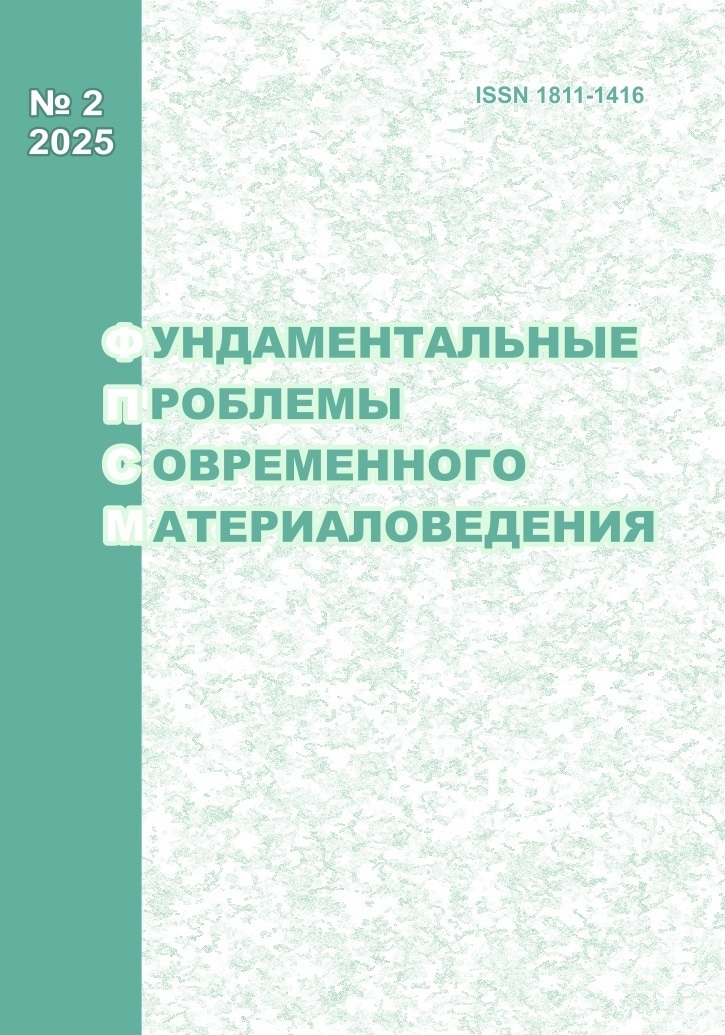DISTRIBUTION OF CHEMICAL ELEMENTS IN THE MODIFIED LAYER OF UFG-ALLOY WT1-0 UNDER THE ACTION OF IMPLANTATION WITH ALUMINUM IONS
10.25712/ASTU.1811-1416.2025.02.003
Keywords:
ion implantation, transmission electron diffraction microscopy, modified layer, gradient structure, alloying, layer, grain, phase, particle, solid solution, volume fraction.Abstract
A study of the gradient structure arising from aluminum ion implantation of VT1-0 alloy (technically pure titanium) in the ultrafine-grained state has been carried out. To form the ultrafine-grained state, a combined method of multiple uniaxial pressing (abc-pressing) followed by multi-pass rolling in stream rolls at room temperature and subsequent annealing at 673 K, 1 h was applied. Ion implantation was carried out at irradiation doses: 1´1017, 5´1017 and 10´1017 ion/cm2. The study was carried out by transmission electron diffraction microscopy and energy-dispersive X-ray spectroscopy on foils cut perpendicular to the treated surface of the sample. It is established that the gradient structure formed by implantation consists of 5 layers: 1 – oxide layer; 2 – ion-implanted layer; 3 – layer with destroyed grain structure; 4 – layer of residual influence of implantation; 5 – layer corresponding to the non-implanted state of the alloy. n each layer, the phase composition, shape and location of particles of second phases were determined, the grain sizes of -Ti, the sizes, distribution density and volume fractions of released particles were measured, and the state of the solid solution was analyzed. At each irradiation dose, the aluminum distribution along the depth of the modified layers was investigated. It was found that in layer 2, irrespective of the irradiation dose, aluminum is mainly involved in the formation of solid solution, the remaining aluminum - in the formation of intermetallic phases. In layer 3 all embedded aluminum is in intermetallic phases. The aluminum content decreases with distance from the treated surface of the sample, which leads to a decrease in the volume fractions of intermetallic phases.











 Journal «Fundamental’nye problemy sovremennogo materialovedenia / Basic Problems of Material Science»
Journal «Fundamental’nye problemy sovremennogo materialovedenia / Basic Problems of Material Science» This work is licensed under a
This work is licensed under a 
